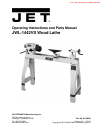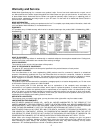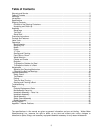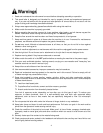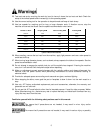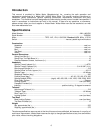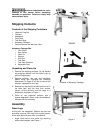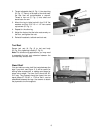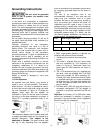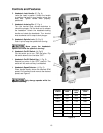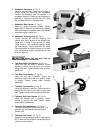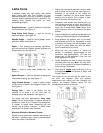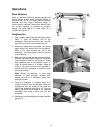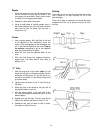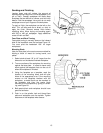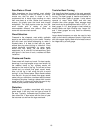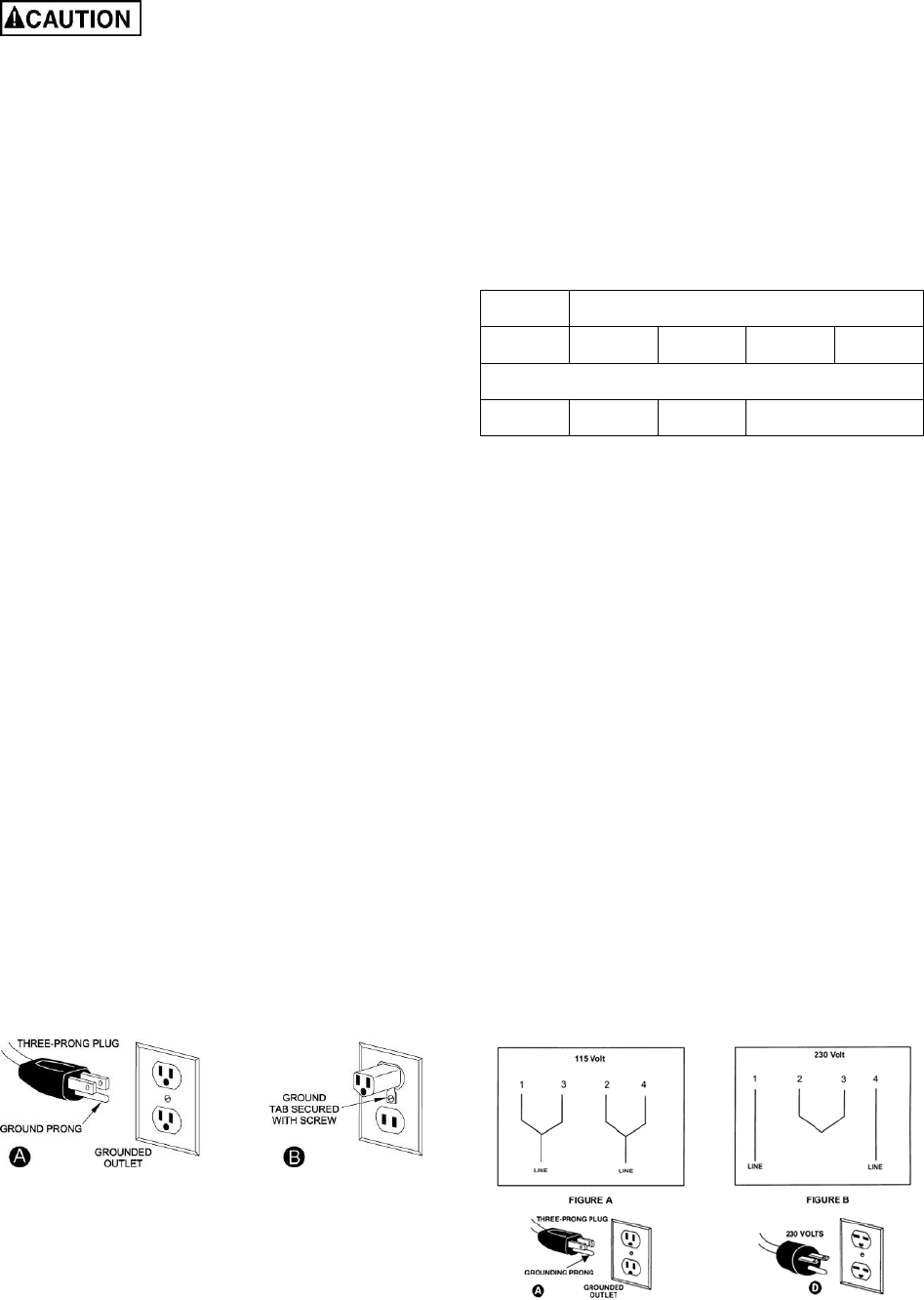
9
Grounding Instructions
This tool must be grounded
while in use to protect the operator from
electric shock.
In the event of a malfunction or breakdown,
grounding provides a path of least resistance for
electric current to reduce the risk of electric
shock. This tool is equipped with an electric cord
having an equipment-grounding conductor and a
grounding plug. The plug must be plugged into a
matching outlet that is properly installed and
grounded in accordance with all local codes and
ordinances.
Do not modify the plug provided. If it will not fit
the outlet, have the proper outlet installed by a
qualified electrician.
Improper connection of the equipment-
grounding conductor can result in a risk of
electric shock. The conductor, with insulation
having an outer surface that is green with or
without yellow stripes, is the equipment-
grounding conductor. If repair or replacement of
the electric cord or plug is necessary, do not
connect the equipment-grounding conductor to a
live terminal.
Check with a qualified electrician or service
personnel if the grounding instructions are not
completely understood, or if in doubt as to
whether the tool is properly grounded. Use only
three wire extension cords that have three-prong
grounding plugs and three-pole receptacles that
accept the tool’s plug.
Repair or replace a damaged or worn cord
immediately.
115 Volt Operation
As received from the factory, your sander is
ready to run at 115-volt operation. This sander,
when wired for 115 volts, is intended for use on
a circuit that has an outlet and a plug that looks
the one illustrated in Figure A. A temporary
adapter, which looks like the adapter as
illustrated in Figure B, may be used to connect
this plug to a two-pole receptacle, as shown in
Figure B if a properly grounded outlet is not
available.
The temporary adapter should only be used until
a properly grounded outlet can be installed by a
qualified electrician. This adapter is not
applicable in Canada. The green colored rigid
ear, lug, or tab, extending from the adapter,
must be connected to a permanent ground such
as a properly grounded outlet box, as shown in
Figure B.
The use of an extension cord is not
recommended. However, if you must use one
make sure your extension cord is in good
condition. Be sure to use one heavy enough to
carry the current your machine will draw. An
undersized cord will cause a drop in the line
voltage resulting in power loss and overheating.
The following table shows the correct size to use
depending on the cord length needed and the
nameplate ampere rating. If in doubt, use the
next heavier gauge. Remember, the smaller the
gauge number, the heavier the cord.
Volts Total Length of Cord in Feet
120V 25 50 100 150
AWG
12-16A 14 12 Not Recommended
230 Volt Operation
If 230V, single-phase operation is desired, the
following instructions must be followed:
1. Disconnect the machine from the power
source.
2. This lathe is supplied with four motor leads
that are connected for 115V operation, as
shown in Figure A. Reconnect these four
motor leads for 230V operation, as shown in
Figure B.
2. The 115V attachment plug (A), supplied with
the lathe, must be replaced with a UL/CSA
listed plug suitable for 230V operation (D).
Contact your local Authorized Service Center
or qualified electrician for proper procedures
to install the plug. The lathe must comply with
all local and national codes after the 230-volt
plug is installed.
3. The lathe with a 230 volt plug should only be
connected configuration (D). No adapter is
available or should be used with the 230-volt
plug.
Important: In all cases (115 or 230 volts), make
certain the receptacle in question is properly
grounded. If you are not sure, have a registered
electrician check the receptacle.



